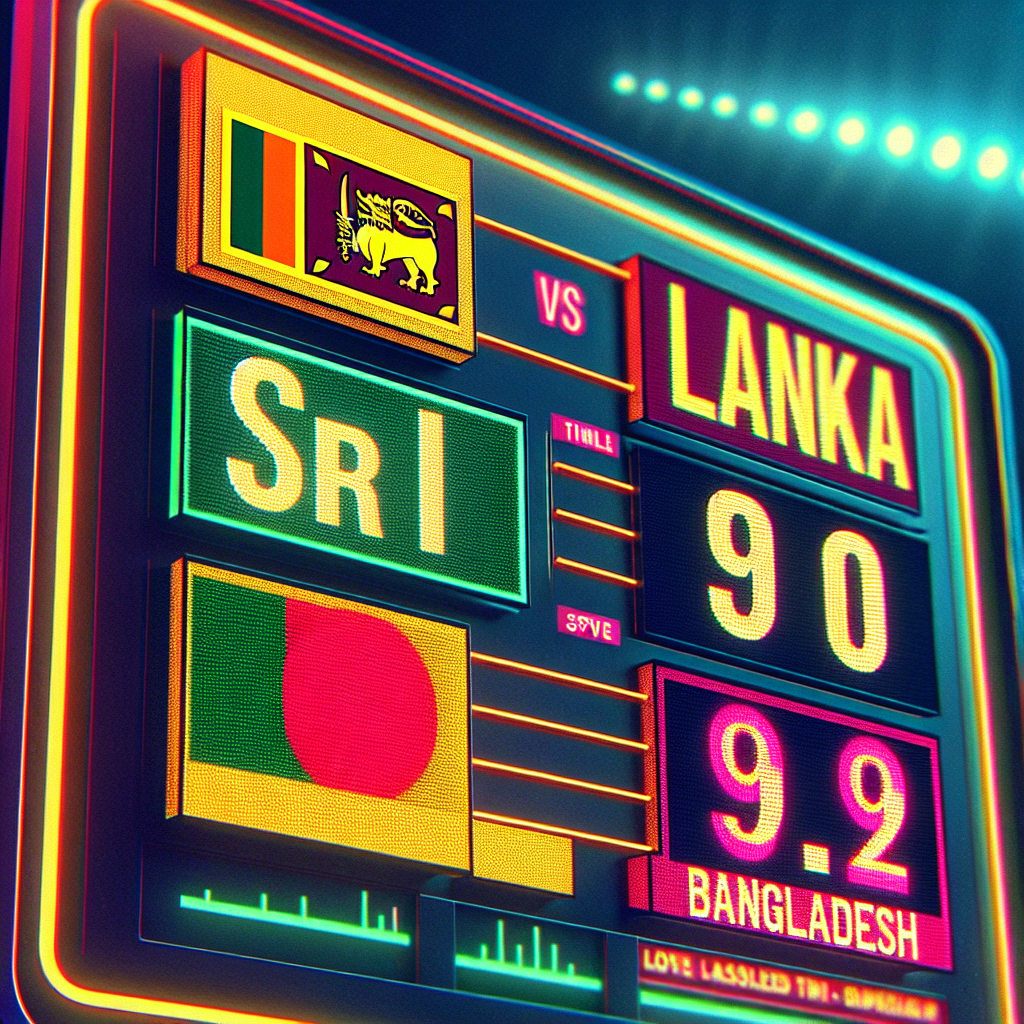The Sreesanth Ban: A Deep Dive into the Controversy and Its Implications

The world of cricket has seen its fair share of controversies, but few have been as polarizing and widely discussed as the ban on Indian cricketer S. Sreesanth. This article delves into the details of the ban, its background, the legal battles, and the broader implications for cricket and sports integrity. By examining the case of Sreesanth, we can gain insights into the challenges of maintaining fairness and transparency in sports.
Background: Who is Sreesanth?
Shanthakumaran Sreesanth, commonly known as Sreesanth, is a former Indian cricketer who played as a right-arm fast-medium pace bowler. Born on February 6, 1983, in Kothamangalam, Kerala, Sreesanth made his debut for the Indian national team in 2005. Known for his fiery temperament and aggressive bowling style, he quickly became a fan favorite.
Sreesanth’s career highlights include being part of the Indian squad that won the ICC T20 World Cup in 2007 and the ICC Cricket World Cup in 2011. Despite his on-field success, Sreesanth’s career was marred by controversies, culminating in a life ban from cricket in 2013.
The Spot-Fixing Scandal
The controversy that led to Sreesanth’s ban was the 2013 Indian Premier League (IPL) spot-fixing scandal. The IPL, a professional Twenty20 cricket league in India, has been a massive success since its inception in 2008. However, its reputation was severely tarnished by allegations of corruption and match-fixing.
What is Spot-Fixing?
Spot-fixing refers to the manipulation of specific events within a match, such as the number of runs scored in an over or the timing of a no-ball, without necessarily affecting the overall outcome of the game. This form of fixing is particularly insidious because it can be difficult to detect and prove.
The Allegations Against Sreesanth
In May 2013, Sreesanth, along with his Rajasthan Royals teammates Ajit Chandila and Ankeet Chavan, was arrested by the Delhi Police on charges of spot-fixing during the IPL season. The police alleged that the players had accepted money from bookies to underperform in certain matches.
- Sreesanth was accused of agreeing to concede a predetermined number of runs in an over in exchange for money.
- The Delhi Police claimed to have intercepted phone conversations and other evidence linking the players to the bookies.
- The Board of Control for Cricket in India (BCCI) conducted its own investigation and imposed a life ban on Sreesanth in September 2013.
Legal Battles and Appeals
Sreesanth’s legal journey following the ban was long and arduous. He consistently maintained his innocence and fought to clear his name through various legal channels.
Initial Court Rulings
In July 2015, a Delhi court acquitted Sreesanth and the other accused players of all charges related to the spot-fixing scandal, citing a lack of evidence. However, the BCCI refused to lift the ban, arguing that its disciplinary actions were independent of the criminal proceedings.
Supreme Court Intervention
In March 2019, the Supreme Court of India set aside the life ban imposed by the BCCI and directed the board to reconsider the quantum of punishment. The court acknowledged that while the BCCI had the authority to impose disciplinary measures, the life ban was too harsh given the circumstances.
Following the Supreme Court’s directive, the BCCI reduced Sreesanth’s ban to seven years, effectively allowing him to return to competitive cricket in September 2020.
Implications for Cricket and Sports Integrity
The Sreesanth ban and the broader IPL spot-fixing scandal had significant implications for cricket and sports integrity. It highlighted the vulnerabilities in the system and the need for robust measures to prevent corruption.
Impact on the IPL
- The scandal led to increased scrutiny of the IPL’s governance and operations.
- The BCCI implemented stricter anti-corruption measures, including the appointment of an Anti-Corruption and Security Unit (ACSU) to monitor matches and players.
- Franchises were encouraged to educate players about the risks of corruption and the importance of maintaining integrity.
Lessons for Global Sports
The Sreesanth case serves as a cautionary tale for sports organizations worldwide. It underscores the importance of:
- Implementing comprehensive anti-corruption frameworks to detect and prevent unethical behavior.
- Ensuring transparency and accountability in disciplinary proceedings.
- Balancing the need for punishment with fairness and due process.
The Road to Redemption
After serving his ban, Sreesanth made a return to competitive cricket. In January 2021, he was included in Kerala’s squad for the Syed Mushtaq Ali Trophy, marking his comeback to the sport after nearly eight years.
Sreesanth’s return was met with mixed reactions. While some fans celebrated his resilience and determination, others remained skeptical about his involvement in the sport. Nevertheless, his journey serves as a testament to the power of perseverance and the possibility of redemption.
Conclusion
The Sreesanth ban is a complex and multifaceted issue that raises important questions about sports integrity, justice, and redemption. While the scandal tarnished the reputation of Indian cricket, it also prompted necessary reforms and highlighted the need for vigilance in the fight against corruption.
As Sreesanth continues his journey in cricket, his story serves as a reminder of the challenges and opportunities that come with maintaining integrity in sports. By learning from past mistakes and implementing robust measures, the cricketing world can strive towards a future where fairness and transparency prevail.
Ultimately, the Sreesanth case is not just about one player’s fall from grace but a broader reflection on the values that underpin sports and the collective responsibility to uphold them.


